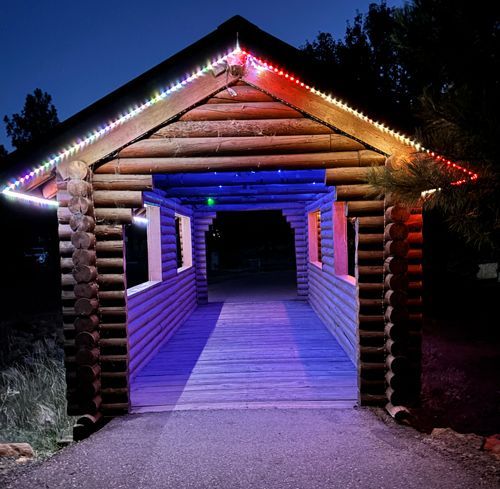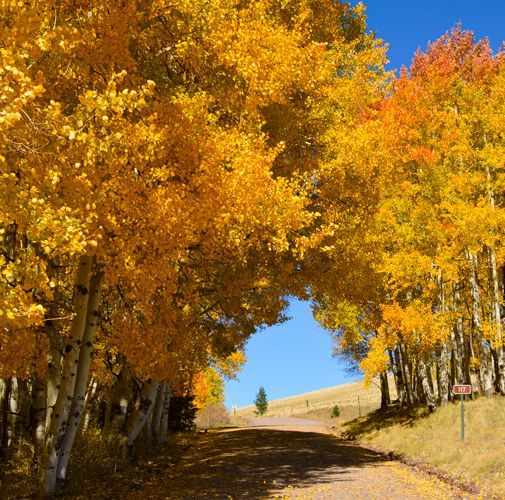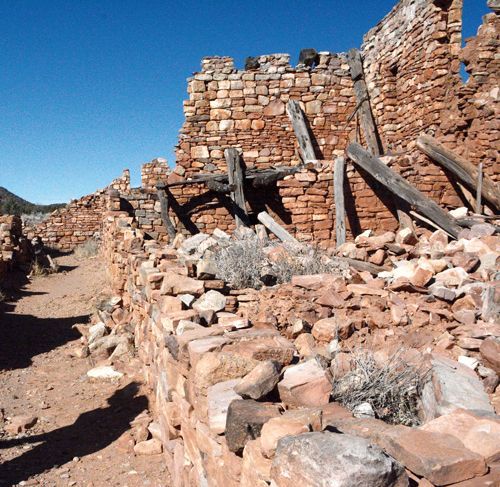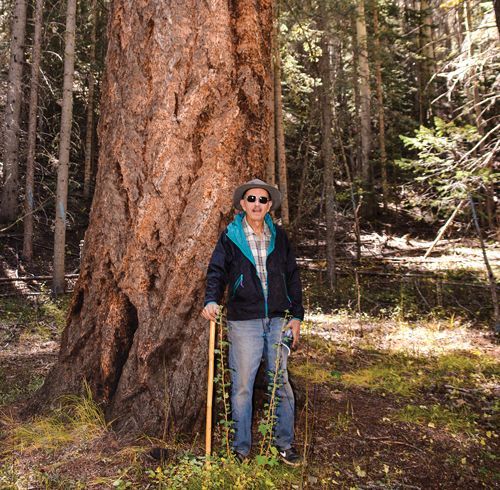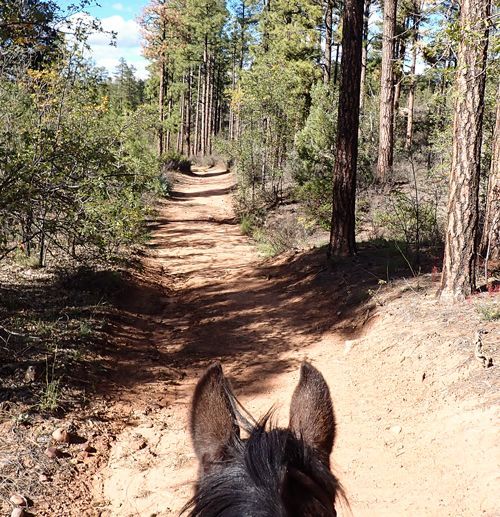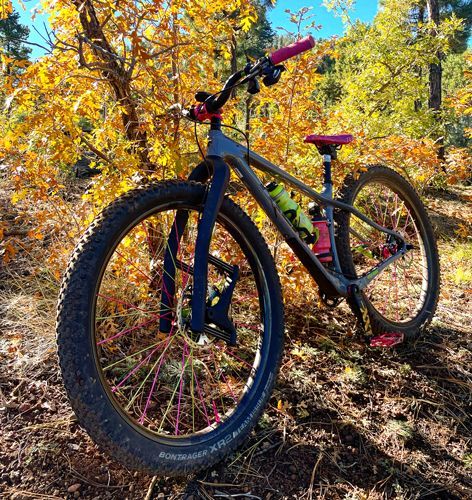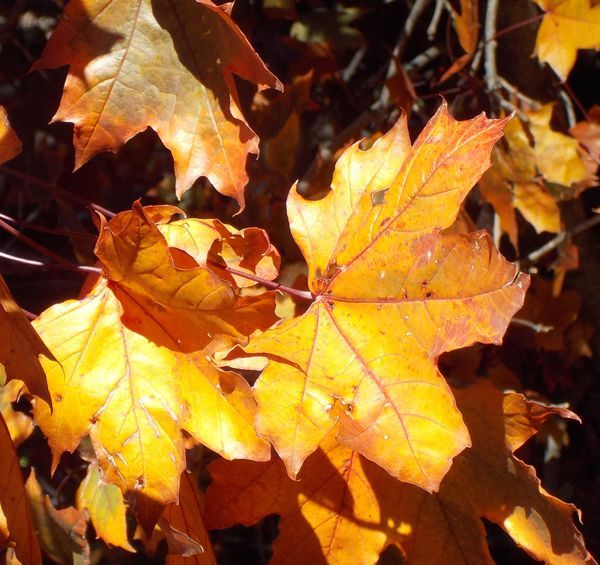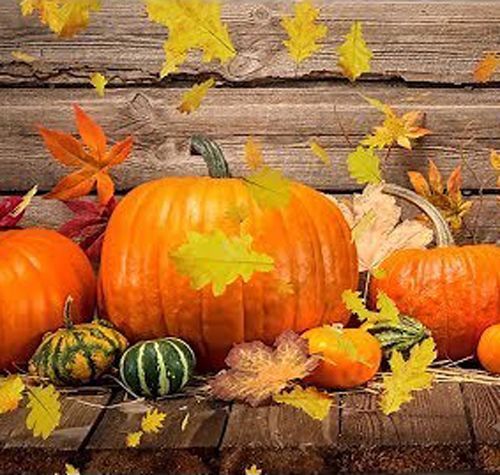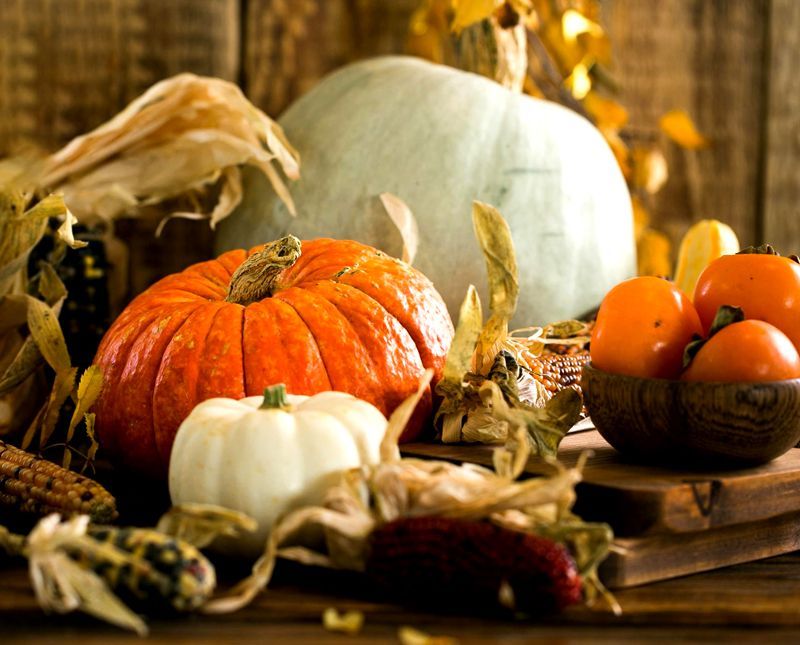Where is winter?
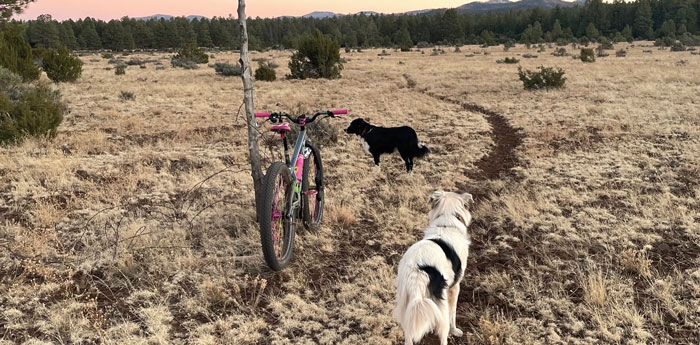
Photos and article
by Carol Godwin, Cycle Mania
This is the time of year when I normally write an article about winter safety, how to enjoy the indoor-inducing weather by going outside anyway on snowshoes or fat bikes, or how to set fitness goals to avoid the winter slump. This is the time of year when most of us are effectively semi-hibernating, slowing down, eating more, exercising less, and sleeping more. In a way, it’s a relief when the weather outdoors keeps us in and forces an afternoon by the fire with a cup of hot soup and a good book.
Animals and plants take advantage of the winter break with its slower pace and less need to move around or photosynthesize, and even the cattle tanks and lakes normally get an ice-covered break from water loss through evaporation. But this year is different. I’m out in shorts and a t-shirt, riding my bike on dry trails and wondering if I need to water plants that are semi-dormant but still green. My roses have scarce green leaves trying to decide whether to stay or go, the oaks are still hanging onto their dry leaves and the unfrozen tanks are evaporating water into the dry air at a disturbing rate.
Writing this article reminded me to look at my rainfall recording app, and we have seen no measurable precipitation since November 6th! I see V’s of geese still hanging on and there is a large flock of robins busy in the warm garden soil and around my little pond. Hunters ask “where are all the elk?” and I wonder the same thing; assuming that “all the elk” are hanging out in higher elevations, trying not to overheat under their winter coats.
Those of us who love to feed the birds are asking “where are all the birds?” and I fervently hope that “all the birds” are wintering somewhere else and are not just…gone. I have certainly noticed a reduction of the variety of bird species coming to my feeders in the past years, and this winter, besides the errant robins, there is definitely a scarcity in the numbers and variety of birds at the feeders. Where are they?
Taking a break is important for the animals and plants in nature. Bears, and other normally winter-dormant animals, worked hard all summer to build up food stores to last all winter under fairly inactive conditions. Bears can consume up to 20,000 calories a day in late fall to prepare for the winter break. Amazingly, bears can stay in the torpor state for over 100 days, neither eating, drinking nor excreting waste, and can actually convert their urine into protein during this time. The warmer than normal weather disrupts their dormancy and uses extra energy that is hard to replenish this time of year.
Bear cubs are born in early January to mothers barely aware of their birth, normally fully able to feed them until early spring awakening, but this year, it may be hard for them to survive this half-awake, higher energy use winter. Studies have shown that across the country, bears are being triggered to leave their torpor and awaken 3.5 days earlier per 1Co rise in average ambient temperature. The danger of coming out of torpor and being more active is that each time the animal “awakes” there is a large expenditure of energy to get that animal back to their normal awake state.
Early-awakening bears find that their expected normal spring food supply of fresh greens, insects and small rodents is close to non-existent and water sources are dry or dispersed far from the den site. Variable winter weather patterns can cause an awakened, hungry bear to have to re-enter torpor without recharging its energy stores, a dangerous condition especially for mothers with cubs.
Hungry, early-awakening bears are a concern for outdoors-loving adventurers and we need to stay aware of our surroundings and carry bear spray. If this warm weather continues into the late winter, we can be sure that the bears will become increasingly desperate for food and will come into developed areas much sooner than expected.
Plants fooled into growing new leaves may unexpectedly lose them again in a cold snap, and water-loss causes dry branches to break under snowfall if/when it comes. Dry plants also affect our awakening bears and small mammals because the dry brittle stems are hard to digest and contain few calories. The tanks and ponds around our house are drying rapidly, unprotected by ice, and may be completely dry by spring; unavailable to animals coming out of dormancy or elk returning from wintering areas to calve.
An obvious worry frequently voiced by locals is the danger that dry plants bring to our forests as fire danger. One of my concerns is that the “prescribed burns” in our area have created large sections of standing dry wood and dried fire-killed understory, primed for ignition, with little to no water available in nearby tanks. If this dry winter trend continues into spring, our forests will close early this summer.
For us, as humans with a Walmart full of food minutes away and water coming from a tap, concerns of surviving a warm winter are low, but a winter break helps us reset for a new year, new goals for a new spring start. With this seemingly endless fall, it is hard to reconcile what time of year it actually is. Thanksgiving passed, warm and dry, Christmas passed, warm and dry, New Year’s passed, warm and dry with the benefit of dry warm wind… How do we get ourselves out of the waiting pattern, waiting for snow, waiting for a change, waiting to get started on the next thing? We can be like bears. Wake ourselves up and get moving. Yes, it takes energy to get moving, but once we are moving, it feels great and it’s easy to keep moving.
Lately, I’ve been pretending it’s fall and enjoying the rustling dry leaves and balmy conditions. Does it really matter if it’s January or October? The trails are dry and in exactly the same condition we left them months ago. Now is a great time to take out trail tools and clear trails of rocks and debris, trim back branches and fill in cracks. Now is a great time to explore new areas and find new favorite spots.
With the bare trees allowing clearer views, it’s easy to spot a hidden rock formation to explore or follow a drainage looking for petroglyphs or evidence of early homesteading settlers. I’m sure hoping that winter will eventually arrive and bring loads of fresh wet snow, or at the very least, we will get a wet spring, but until then, throw out the calendar and get outside while you still can…but remember to take along the bear spray!

